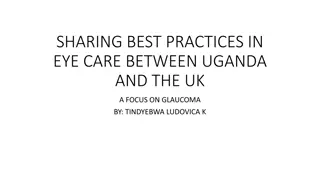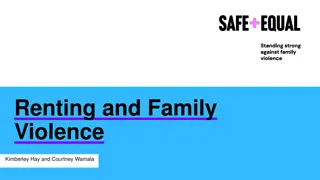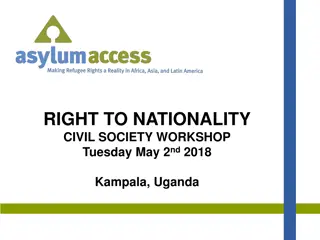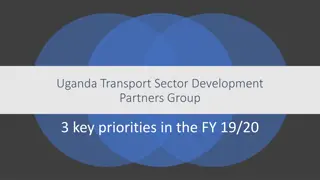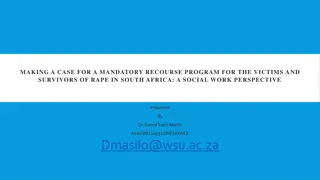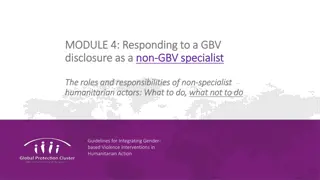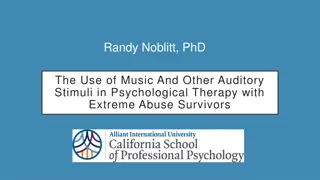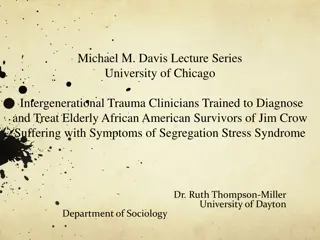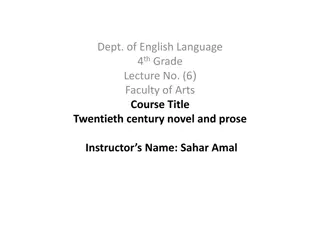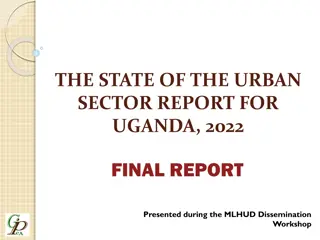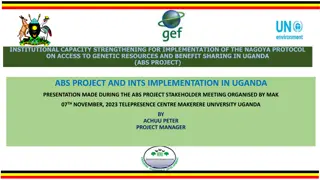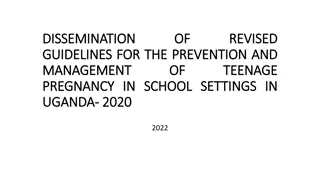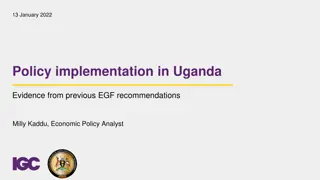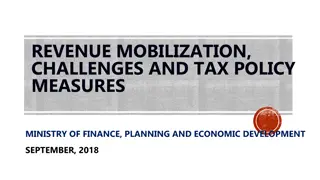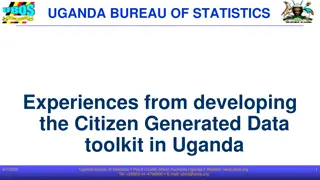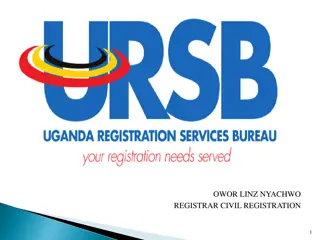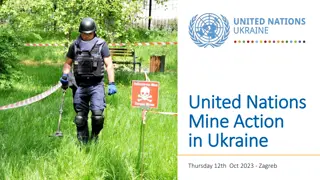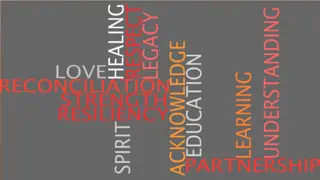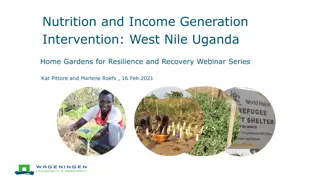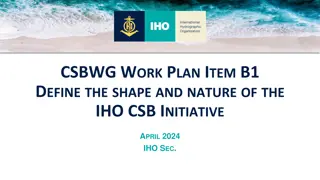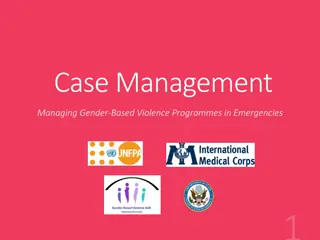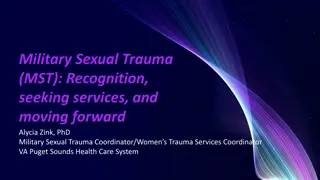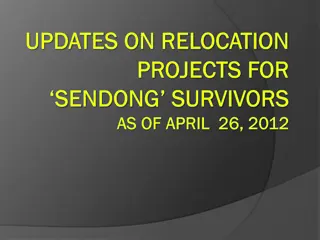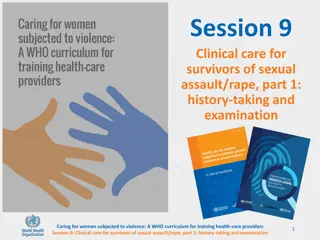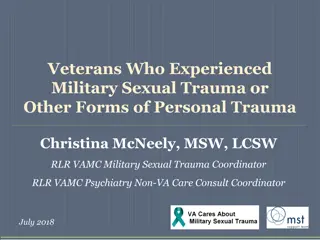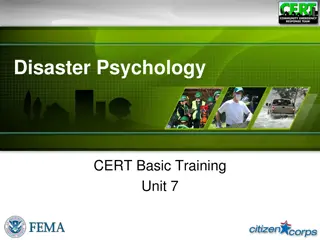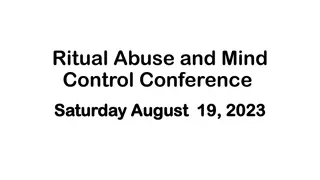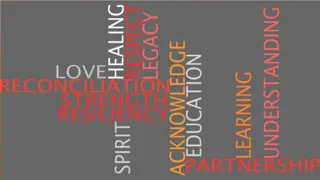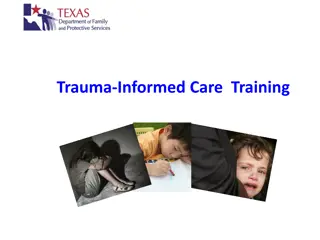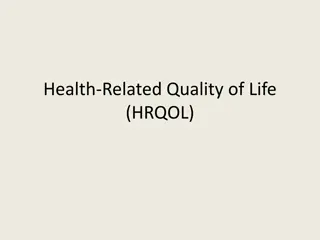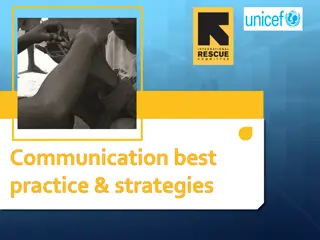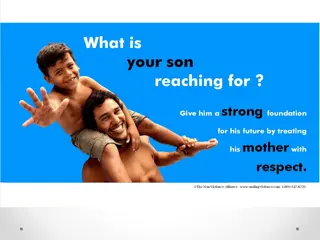Assisting Landmine Survivors in Uganda: Mei-Li Hey's Initiative
Mei-Li Hey spearheads a project in Uganda to help landmine survivors facing challenges with pit latrines by designing portable and affordable assistive devices. This initiative aims to address sanitation issues and social stigma faced by handicapped individuals, ultimately impacting the disabled community positively.
Download Presentation

Please find below an Image/Link to download the presentation.
The content on the website is provided AS IS for your information and personal use only. It may not be sold, licensed, or shared on other websites without obtaining consent from the author. Download presentation by click this link. If you encounter any issues during the download, it is possible that the publisher has removed the file from their server.
E N D
Presentation Transcript
Helping Landmine Survivors in Uganda By: Mei-Li Hey
Background on the Issue A nation recovering from decades of war War creates disability. Disability feeds poverty. Poverty creates conflict. Cultural barriers for those with disabilities: "When you reach a family with a disabled child, the parents say, We have four children and one disabled. The disabled child is not part of the family, they are an unfortunate addition, Teddy. /
Purpose of the Simple Seat The goal of this project is to address the problem concerning the use of pit latrines in Uganda by individuals who have been handicapped by landmines. The objective is to design portable, low-cost assistive devices that solve physical and socially stigmatic problems for handicapped individuals. Since the typical facility in Uganda is a pit latrine, handicapped individuals are unable to squat or stand up independently. This leads to sanitation issues, as well as embarrassment. A standard Ugandan pit latrine Meeting with the District Union of Disabled Persons in Uganda
The Impact is Two-Fold The Simple Seats will be made IN Uganda BY Ugandans. Benefits to this system: Creating Jobs Fighting negative social stigma of the disabled community The Simple Seat will be able to reach more users. Our team speaking with the Principal of Ave Maria
The Solution is Complex Design Limitations: Materials used to build the seat (i.e. wood (two by fours and wood board), hinges, screws, nails, rope and simple braces. Tools used in production (i.e. saw, drill, hammer) Cost of Materials Social Limitations negative stigma of being disabled along with carrying around a toilet seat
The Solution is Complex Further Design Optimizations: How sturdy is the prototype? Will someone with a disability feel safe using it? How easy is the design to build? How easy is the design to carry around? How does the design optimize sanitation? Does the design serve a double purpose?
Current Prototypes The Foldable Chair ?
Current Prototypes The Crutch
Current Prototypes The Box
Current Prototypes The Walker
Simple Seat HACKATHON
Whats Next? Senior Design Project will finalize the prototypes and create pictorial manuals Fundraising for the Pilot Program: https://www.generosity.com/medical- fundraising/simple-seat-better- lives/x/11800231 Implementation this January


